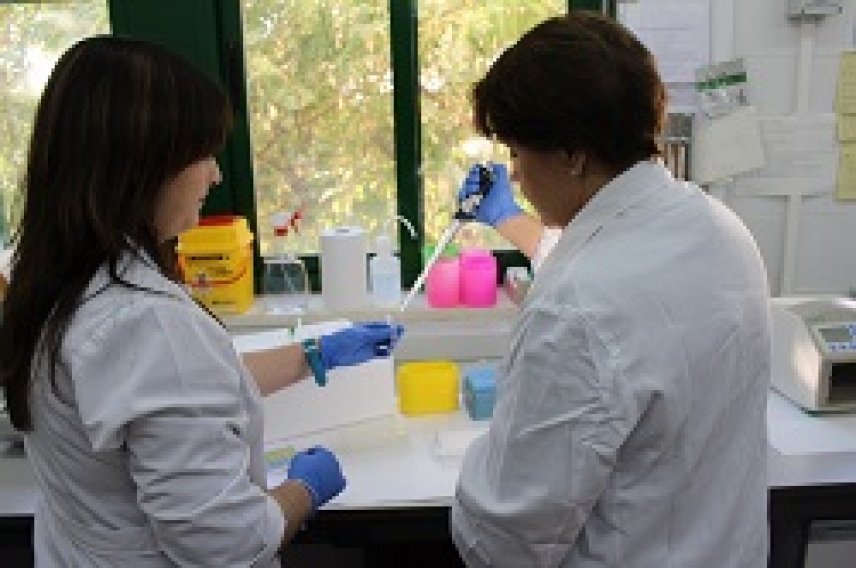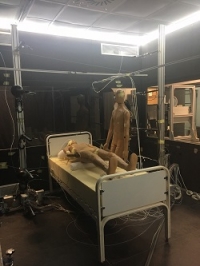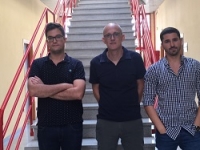Researchers disprove one of the most widespread assumptions among geneticists regarding DNA
Escrito por UCC+iA study by a Córdoba research team, just published in Proceedings of the USA National Academy of Sciences, shows that spontaneous DNA gaps are not – as hitherto believed – equivalent to those produced during DNA repair
Ever since DNA was first isolated in 1869, the scientific community has constantly sought to determine how it works, and reveal its secrets. Despite advances in this field, a great deal still remains to be discovered. A good example is the research published today in Proceedings of the USA National Academy of Sciences (PNAS) by a University of Córdoba research groupassigned to the Instituto Maimónides de Investigación Biomédica (IMIBIC) andled by two professors in the Department of Genetics, Rafael Rodríguez Ariza and María Teresa Roldán Arjona.
Scientists at the University of Córdoba are validating a new molecular biology research technique with a rodent species that could be used as a model
Mus musculus is the most common mouse species, and the mammal most widely used in laboratory experiments, among other things because its genome and immune system are very similar to those of humans, making it a useful model.
Research into a new ventilation system for reducing hospital infections
Escrito por UCC+i
The Universities of Córdoba and Valladolid are looking at different ventilation systems for hospital wards
The serious risk of infection currently faced by hospital patients is a matter of concern for the scientific community. It is estimated that 6% of patients admitted to hospital contract infections, whose treatment across Europe costs seven billion euros a year. These infections may be spread by direct contact with infected subjects, through blood, through water or through the air. Airborne hospital infections have been studied by a research group at the University of Córdoba, which has assessed the risk of airborne infection as a function of the hospital ventilation system used.
Researchers block liver cancer in rats using a molecule found in citrus fruits
Escrito por UCC+iThe incidence of tumoral nodes fell to virtually zero in rats receiving hesperidin
Hesperidin is a molecule belonging to the flavonoid group, found in the pith of certain citrus fruits. It is believed to play a major role in plant defence systems, and recent research suggests that it could be used to fight hepatocellular carcinoma, the fifth most frequently-diagnosed malignancy worldwide and the third most common cause of cancer-related death.
An UCO research team highlights differences in the psychological treatments recommended for certain mental disorders depending on the reference organisation consulted, thus revealing a degree of scientific disagreement regarding the efficacy of the therapies concerned
Lack of consensus appears to be the common denominator in the treatments used at present for certain mental disorders. At international level there is little agreement among specialists on how to combat certain pathologies. How can recommendations regarding the treatment of depression or anxiety disorders vary so much depending on the scientific and professional bodies consulted?






